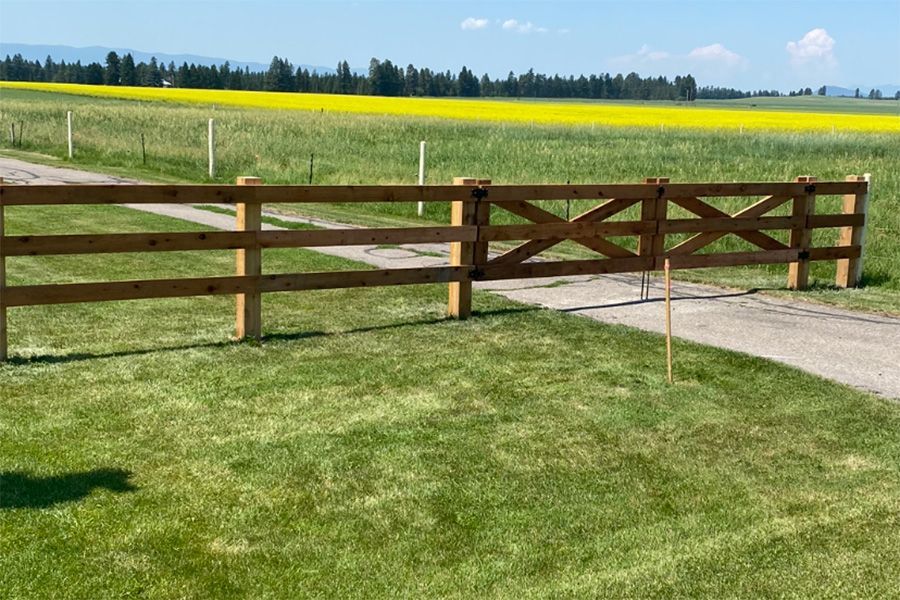Choosing the right fencing for your property can be challenging. Let’s break down the differences between continuous panel fencing and traditional options to help you decide.
Materials and Cost Comparison
The materials you choose for your fence significantly affect its price and performance:
- Continuous Panel Fencing: Typically made of welded steel, this option is designed for durability and longevity. While the initial investment may be higher, the reduced maintenance costs make it a cost-effective solution over time.
- Traditional Fencing: Includes options like wood, barbed wire, or vinyl. While often less expensive upfront, these materials may require frequent repairs or replacements, increasing long-term costs.
Durability and Maintenance Considerations
For weather resistance and overall wear, here’s how each fencing option stacks up:
- Continuous Panel Fencing: Engineered for strength, continuous panel fencing is highly resistant to damage from animals and weather. Maintenance is easy and usually just involves cleaning and occasional rust prevention.
- Traditional Fencing: Wooden fences can rot due to weather, while barbed wire and vinyl may degrade. Regular maintenance is required to keep traditional fences functional and visually appealing.

Visual Appeal of Fencing Types
How your fence looks can impact your property’s aesthetic:
- Continuous Panel Fencing: Offers a modern, streamlined look that complements both agricultural and residential properties. The sleek steel design can be customized with finishes and accessories.
- Traditional Fencing: Wood and vinyl fences offer a classic, rustic charm, while barbed wire focuses more on practicality than aesthetics.
Suitability for Various Applications
Each type of fencing is suited to specific needs:
- Continuous Panel Fencing: Ideal for livestock containment, property boundaries, and high-traffic areas where durability is critical.
- Traditional Fencing: Ideal for smaller enclosures, aesthetic purposes, or when on a tighter budget.
Conclusion: Making an Informed Decision
Deciding between continuous panel fencing and traditional fencing comes down to what matters most to you:
- For long-term durability and low maintenance, continuous panel fencing stands out as the best option for durability and minimal upkeep.
- For a more budget-friendly or decorative option, traditional fencing could be the more cost-effective and decorative solution.
Consider your budget, property needs, and aesthetic preferences to choose the ideal fencing option.